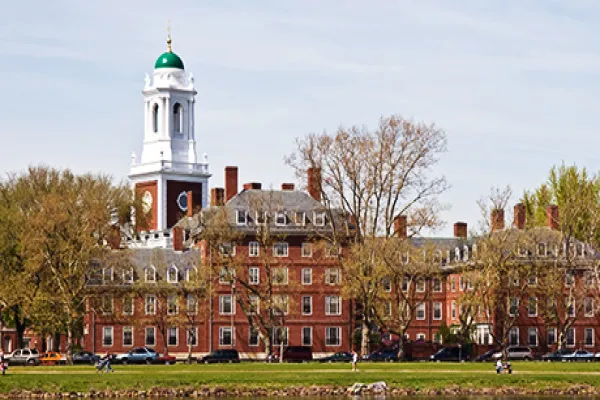Harvard University’s endowment announced Tuesday that it earned an 8.1 percent return in the 2017 fiscal year ending in June.
The now-$37.1 billion fund attributed its gains to strong performance in public equity, private equity, and direct real estate, while citing a “challenging” year for its natural resources portfolio as a drag on Harvard Management Company’s annual return, which lagged endowment peers.
Still, the result marks Harvard’s best year since 2014, when the endowment gained 15.4 percent. It also marks HMC’s first annual report under the command of CEO Narv Narvekar, who joined the endowment in December.
[II Deep Dive: Can Harvard’s New Chief Pull Off a Turnaround?]
In a letter Tuesday, Narvekar said the performance was “disappointing and not where it needs to be.”
“The endowment’s returns are a symptom of deep structural problems at HMC and the resultant significant issues in the portfolio,” he wrote. “It is an unfortunate truth that the issues that have impacted HMC and its performance in the past will continue to negatively impact returns in the near term and will require time to overcome.”
For the 2016 fiscal year, HMC lost 2 percent — an outcome then-interim CEO Robert Ettl blamed on market volatility and a low interest rate environment. The annual NACUBO-Commonfund Study of Endowments reported an average loss of 1.9 percent for its universe of 805 colleges and endowments during the same period.
The most recent fiscal year, however, has proven more fruitful for many endowments. MIT reported earlier this month that its $14.8 billion endowment had earned 14.3 percent, while Dartmouth’s $5 billion endowment said last week that it gained 14.6 percent.
Paul Finnegan, chair of HMC’s board of directors, acknowledged in a statement that it will take time for Narvekar and his team to rebuild HMC and improve its investment performance.
“We are confident Narv has the right strategy that will deliver in the years ahead,” he said.







